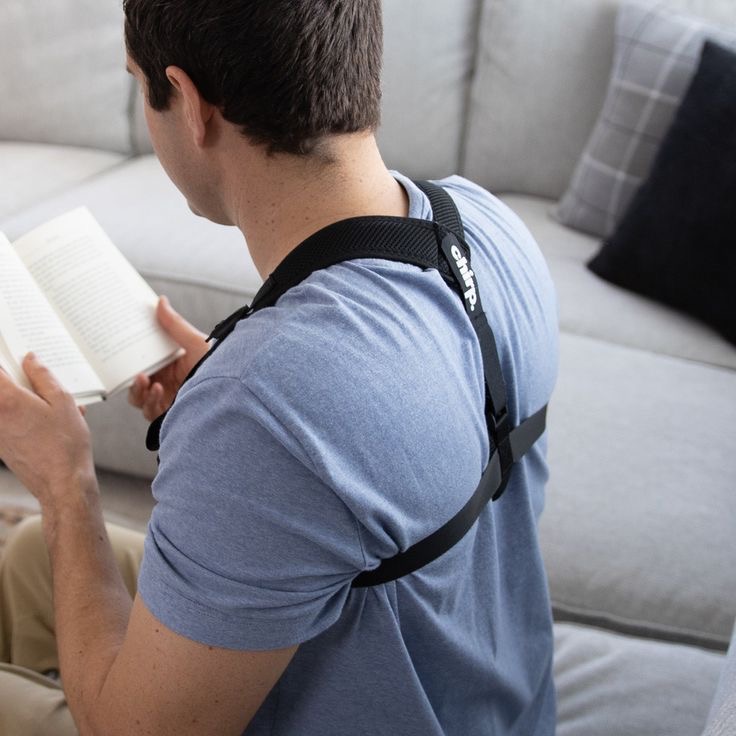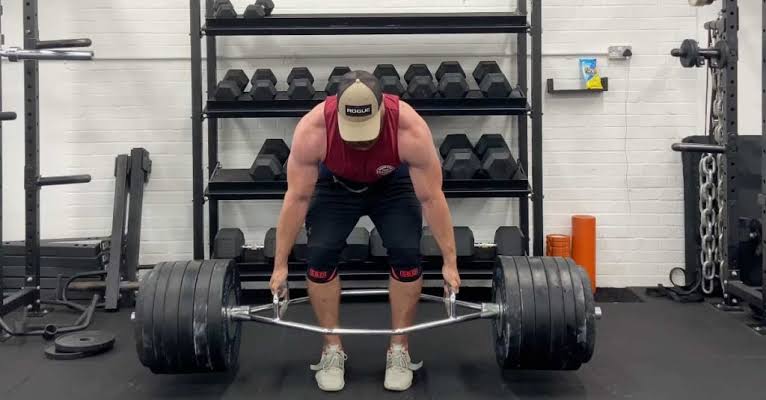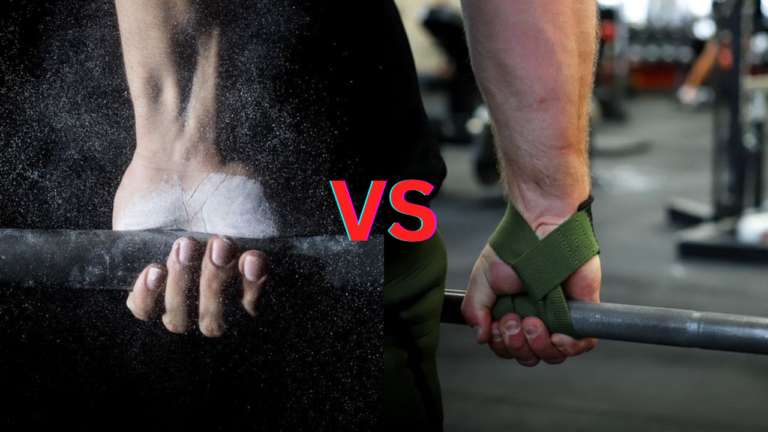What is the Science Behind Posture Corrector

Posture corrector are becoming increasingly popular as people look for ways to improve their posture and relieve discomfort. But how do these devices actually work? Let’s break it down in simple terms.
1. Understanding Good Posture
Good posture means keeping the natural curves of your spine in check. This includes the neck, middle back, and lower back. When you maintain good posture, it supports your entire body, making you less prone to injury and pain. Unfortunately, poor posture—like slouching or leaning forward—can cause muscle imbalances, leading to discomfort and long-term problems.
Posture corrector work by gently pulling your shoulders back and aligning your spine. This helps reduce stress on your muscles and joints, making you feel more comfortable in your daily activities.
2. Strengthening Your Postural Muscles
One of the cool things about posture corrector is that they help strengthen the muscles that keep you upright. These muscles include the rhomboids, trapezius, and those along your spine. When you wear a posture corrector, it provides support, encouraging these muscles to engage and work properly.
Think of it like a workout for your posture. Over time, as your muscles get stronger, you might find it easier to sit or stand up straight without needing the corrector. This can lead to lasting improvements in your posture.
3. Creating Awareness of Your Posture
Wearing a posture corrector serves as a reminder to pay attention to your body. It helps you become more aware of your posture throughout the day. When you feel that gentle support, it nudges you to straighten up and adjust your position.
This awareness can make a big difference. As you start noticing when you’re slouching or leaning forward, you’ll likely begin to change those habits on your own. Over time, this awareness helps you develop better posture without even thinking about it.
4. Reducing Pain and Discomfort
Many people find that using posture correctors helps lessen pain, especially in the neck, shoulders, and upper back. By promoting good alignment, these devices reduce pressure on your nerves and ease muscle tension.
After using a posture corrector, you might feel relief from nagging pain, especially if you sit at a desk for long periods or perform physical tasks. This relief can improve your overall comfort and quality of life, allowing you to enjoy activities without constant discomfort.
5. Supporting Rehabilitation Efforts
For those recovering from injuries or dealing with conditions like scoliosis, posture correctors can be helpful tools. They provide essential support while you work on exercises that strengthen your muscles and improve your alignment.
When paired with physical therapy, posture correctors can enhance recovery. They help ensure you’re maintaining proper form, which is crucial for effective healing and injury prevention.
6. Long-Term Benefits and Tips
While posture correctors can be effective, they are most beneficial when used as part of a complete approach to health. This includes regular exercise, stretching, and making ergonomic adjustments in your workspace.
Listening to your body is key. If you experience discomfort while wearing a corrector, it might need adjustment, or you may want to consult with a professional. With consistent use and the right strategies, you can see lasting improvements in your posture and overall health.
Conclusion
Posture correctors are useful tools that can help you maintain better alignment, strengthen your muscles, and reduce pain. By understanding how they work, you can use them effectively to improve your posture and enjoy a healthier, more active life. As more people recognize the importance of good posture, these devices are likely to play an important role in fitness and rehabilitation.
Related Article: 7 Reasons Why I Love Posture Correctors: A Personal Journey to Better Posture and Health





One Comment